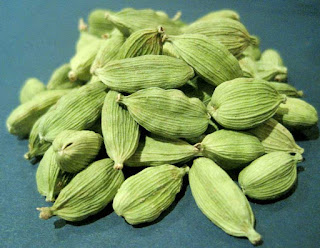Définition:
Fish aqueous class of vertebrate animals, some of which live in fresh water lakes and rivers in the water, others live in salt water in the seas and oceans.
Most species of fish have bones but there are some species such as sharks have no real bones but cartilage. More types of fish are a key food for humans, and can be obtained via caught or reared in private farms.
Types:
There are more than 30,000 species of fish, but only about 50 species considered edible.
Season:
Fish is available year-round icy in the markets, but each type of fish has a specific season for freshly caught.
Uses:
Fish enters in almost all international cuisines, in some countries are eating raw fish in sushi recipes, for example, or even a smoker. It can also be fried fish, cooked steamed, or dressing and Xue on coal or in the oven.
Also included in recipes such as rice with Sayadia and biryani, or can also be prepared with tahini Fish Casserole recipe. In some countries consume fish eggs or what is known as caviar.
And damaging its benefits:
Fish and low-fat is a rich source of the most important nutrients such as phosphorus, calcium, iron, vitamins A, B2, B12, C, D, copper, zinc, iodine, selenium, manganese and cobalt. In addition, the many health benefits of fish myriad. Valvitamen A improves sight, and the phosphorus and B vitamins and d, supplying the body with energy and vitality and help fight depression.
Some fish species such as salmon and other famous for its proximity to a high percentage of good fats Kohmad omega-3 fatty acids, known by its ability to prevent heart and vascular disease, lower blood pressure, regulate heart rate, reduce the risk of Alzheimer's, dementia, diabetes, and arthritis.
The phosphorus is an antioxidant with a strong effect prevents the aging of cells and thus keeps the skin young and supple.
But there are some kinds of fish that contain high levels of mercury consumption is especially harmful for children and pregnant women.







































